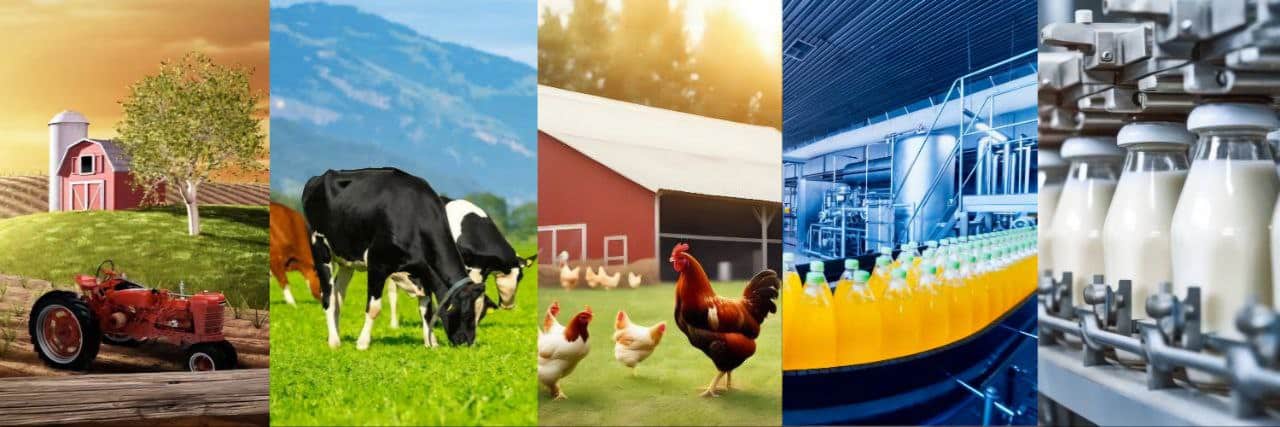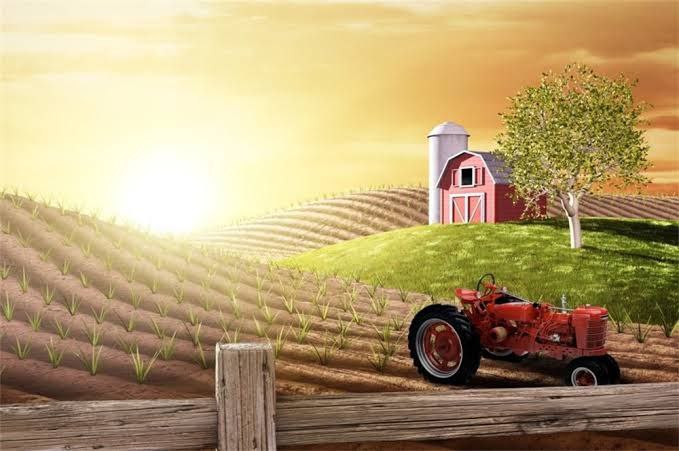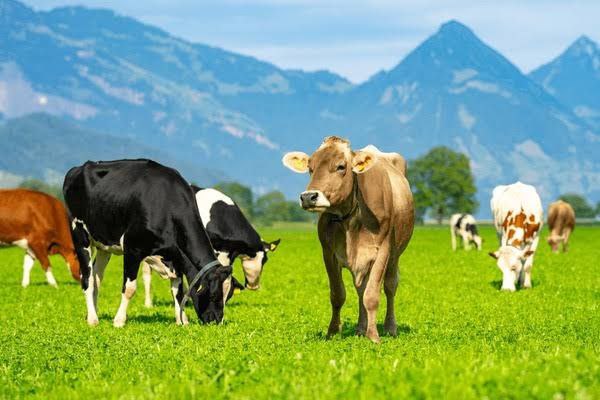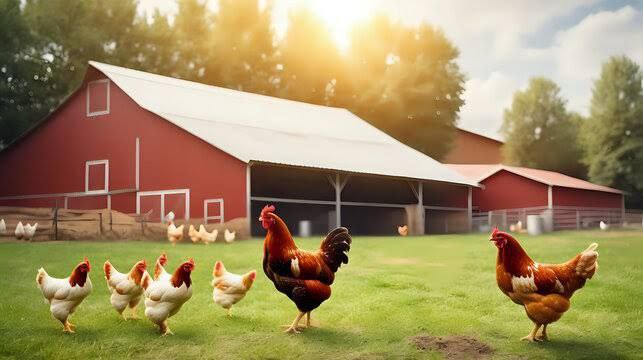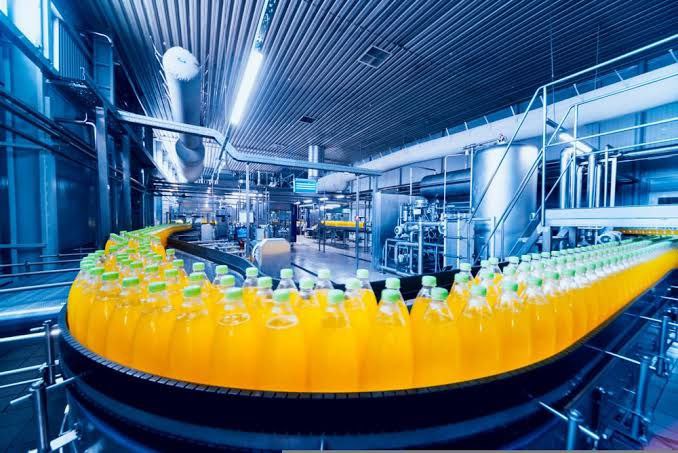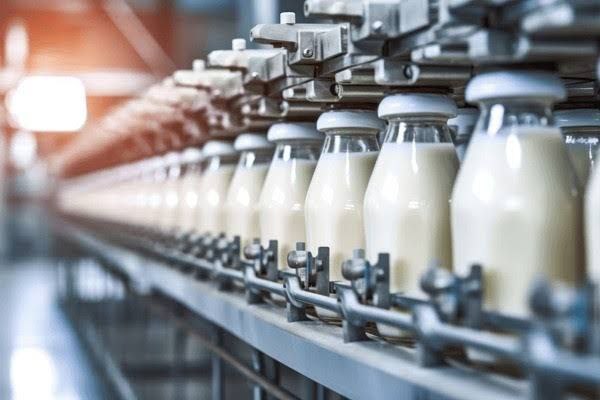All About Agri Stuff
All about Farming, Livestock, Poultry, Food Industry, Dairy Industry, Finished Goods, Filling & Packaging Materials, Raw Materials, Machines & Laboratory .
🗂️ Agristuff Sections:
Farming Section: All about agriculture, farming, crops, cultivation methods, seeds and their types, agricultural tools and equipment, whether light or heavy, irrigation tools and methods, in addition to agricultural fertilizers, pesticides, and harvesting methods and equipment.
Livestock Section: All about livestock, whether for meat or dairy production, types of farm animals, methods of raising, types of feed, and equipment for animal production farms.
Poultry Section: All about poultry farms, their types, types of poultry, breeding methods, breeding tools, and poultry feed.
Food Industries Section: All about the food industries and various food factories, including raw materials, packaging materials, and manufacturing methods and equipment
Dairy Section: All about dairy production and factories, receiving raw milk, raw materials, packaging materials, and manufacturing methods and equipment
🎯 Agristuff goals and Keys of Interest:
Agriculture, modern agriculture, farming, farming equipment, Crops, Livestock, poultry farming, foods, Beverages, dairy farming machines, dairy raw materials, food raw materials, dairy products, dairy ingredients, food ingredient, dairy industry, food industry, dairy machines, food machines ,agribusiness, agribusiness trade, farm equipment for sale, poultry equipment for sale, dairy machine for sale, agriculture information, Latest agriculture information, farmers, farms, fertilizers, agriculture drone .
The History of Farming
Farming, the backbone of human civilization, has a history that dates back over 10,000 years to the Neolithic Revolution. This period marked the transition from nomadic hunter-gatherer societies to settled agricultural communities. Early farming began in the Fertile Crescent, a region spanning modern-day Iraq, Syria, Lebanon, Israel, and Jordan, where humans first domesticated crops like wheat, barley, and legumes. The development of farming allowed for food surpluses, which supported population growth and the rise of complex societies. Over centuries, farming techniques evolved with the invention of tools like the plow, irrigation systems, and crop rotation. The Industrial Revolution in the 18th and 19th centuries brought mechanization, transforming agriculture into a more efficient and large-scale enterprise. Today, farming continues to evolve with advancements in biotechnology, precision agriculture, and sustainable practices, ensuring food security for a growing global population.
The History of Livestock Farming
Livestock farming, the practice of raising animals for meat, milk, wool, and labor, has been integral to human societies since the dawn of agriculture. The domestication of animals such as cattle, sheep, goats, and pigs began around 10,000 years ago, coinciding with the rise of crop farming. Early livestock farming provided a reliable source of protein, materials for clothing, and draft animals for plowing fields. Over time, selective breeding improved the quality and productivity of livestock. The Middle Ages saw the establishment of specialized farming systems, such as pastoralism and mixed farming. The 20th century brought significant advancements in veterinary medicine, nutrition, and breeding techniques, leading to increased efficiency and production. However, modern livestock farming faces challenges related to environmental sustainability, animal welfare, and climate change, prompting innovations in alternative proteins and regenerative farming practices.
The History of Poultry Farming
Poultry farming, the raising of domesticated birds such as chickens, ducks, turkeys, and geese for meat and eggs, has a rich history that spans thousands of years. Chickens, originally domesticated in Southeast Asia around 6000 BCE, were initially valued for cockfighting and religious rituals before their culinary importance was recognized. By the Roman Empire, poultry farming had become a well-established practice, with chickens and eggs becoming dietary staples. The Industrial Revolution marked a turning point, as technological advancements enabled large-scale production and the development of specialized breeds for meat and egg production. The 20th century saw the rise of intensive poultry farming, characterized by confined housing systems and automated feeding. Today, poultry farming is a global industry, providing affordable protein to billions. However, it faces scrutiny over animal welfare, antibiotic use, and environmental impact, driving demand for free-range and organic alternatives.
The History of Food Industries
The food industry, encompassing the production, processing, packaging, and distribution of food, has evolved dramatically over centuries. In ancient times, food processing was limited to basic methods like drying, salting, and fermenting to preserve perishable items. The advent of agriculture allowed for the cultivation of staple crops, which became the foundation of early food trade. The Industrial Revolution in the 18th and 19th centuries revolutionized the food industry with innovations like canning, refrigeration, and mechanized milling. The 20th century saw the rise of mass production, convenience foods, and global supply chains, transforming how food is produced and consumed. Today, the food industry is a multi-trillion-dollar sector, driven by technological advancements, consumer demand for diverse and healthy options, and sustainability concerns. However, it also faces challenges such as food waste, nutritional disparities, and the environmental impact of large-scale production.
The History of the Dairy Industry
The dairy industry, centered on the production and processing of milk and its by-products, has a history that dates back to the domestication of cattle around 8000 BCE. Early dairy farming was practiced in regions like the Middle East and South Asia, where milk was consumed fresh or processed into cheese, butter, and yogurt. The Middle Ages saw the establishment of dairy as a staple in European diets, with monasteries playing a key role in advancing cheese-making techniques. The 19th century brought significant innovations, including pasteurization, which improved milk safety, and the invention of mechanical milking machines. The 20th century marked the industrialization of dairy farming, with the rise of large-scale operations and the development of products like powdered milk and ice cream. Today, the dairy industry is a global enterprise, but it faces challenges related to lactose intolerance, environmental concerns, and the growing popularity of plant-based alternatives, driving innovation in sustainable practices and dairy-free products.
Get In Touch
For Advertising and blogs posting feel free to contact us

